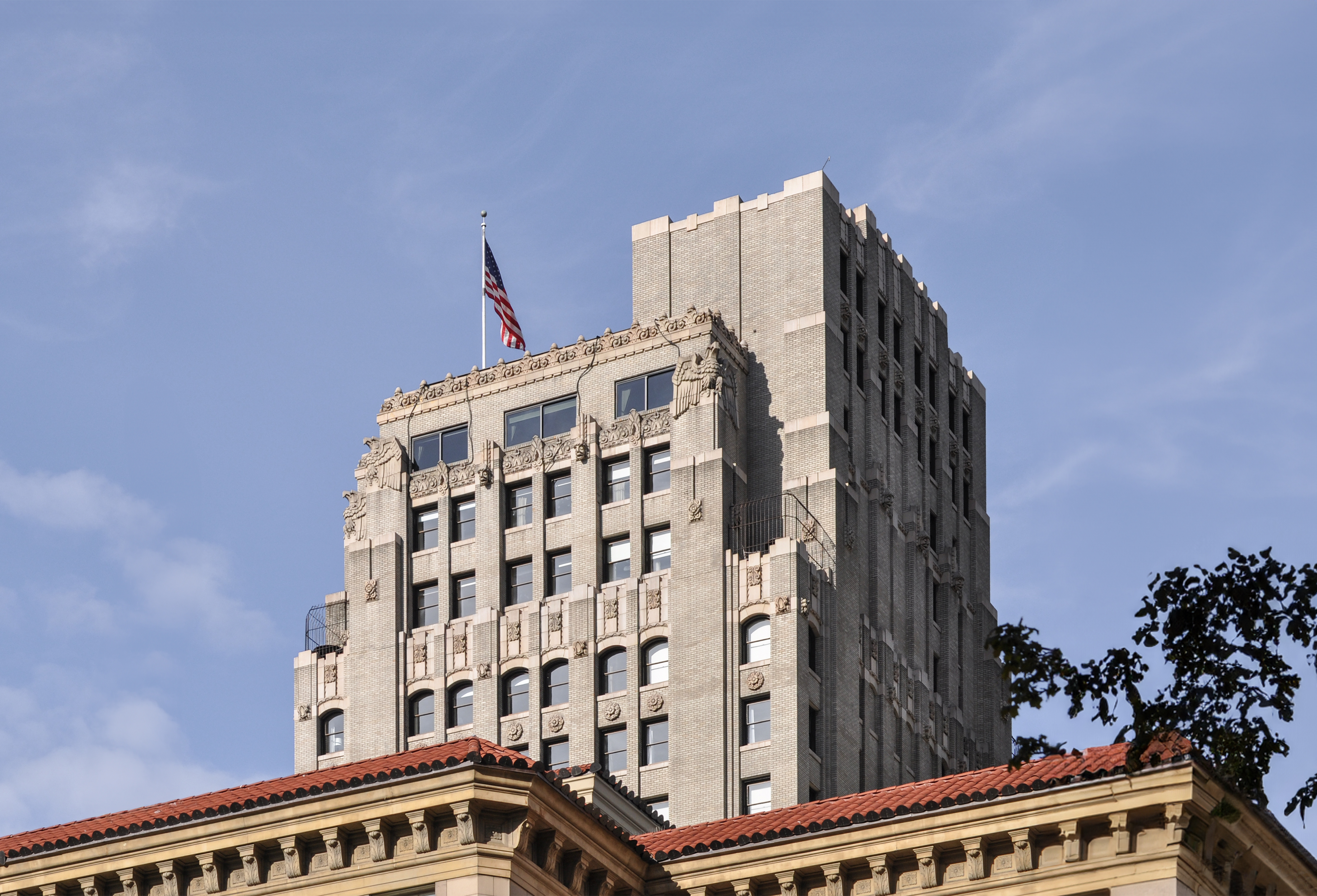The Exchange Building is an Art-deco skyscraper designed by John Graham & Associates, and built between 1929 and 1930 in Seattle, WA.
Exchange Building is not the only name you might know this building by though. The building is, or has also been known as United Exchange Building.
Its precise street address is 821 Second Avenue, Seattle, WA. You can also find it on the map here.
The Exchange Building is a structure of significant importance both for the city of Seattle and the United States as a nation. The building embodies the distinctive characteristic features of the time in which it was built and the Art Deco style. Because of that, the Exchange Building was officially declared as a national landmark on April 20th 1990.
The building has been restored 2 times over the years to ensure its conservation and adaptation to the pass of time. The main restoration works happened in 2000 and 2013.





